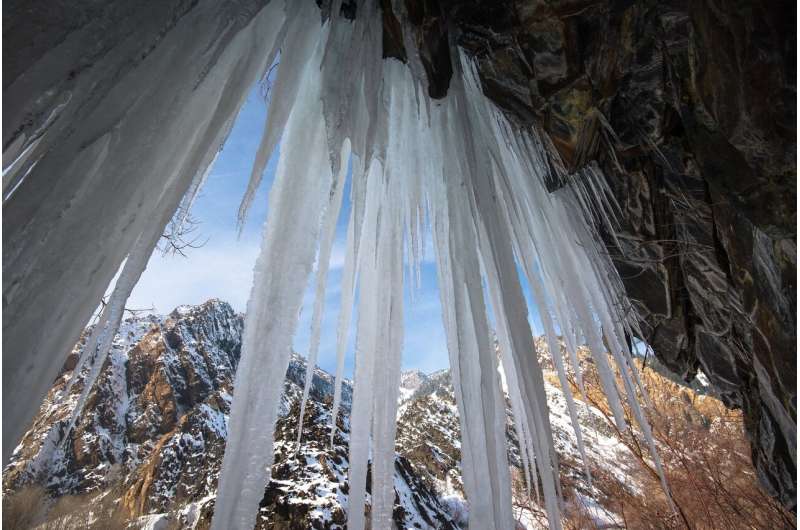
Journalist Graham Hancock travels the globe hunting for evidence of mysterious, lost civilizations dating back to the last Ice Age.
Season 2 launched 16th October 2024. Trailer here.
A new study analyzes stone tools from the cave that date to about 19,000 to 18,000 years ago, and discusses how the techniques used to make them hint at the ways that prehistoric people traveled, interacted, and shared their craft.
Ketamine leads to increased communication between areas of the brain that don't typically engage with each other, new research suggests.
A new study supports the 2021 findings—this time relying on ancient mud to radiocarbon date the footprints, not seeds and pollen, and an independent lab to make the analysis. The paper was published in the journal Science Advances.
One of the latest developments is a recent study from the University of Michigan, published in the journal Science Advances. It proposes that Neanderthals went extinct for astrophysical reasons.



